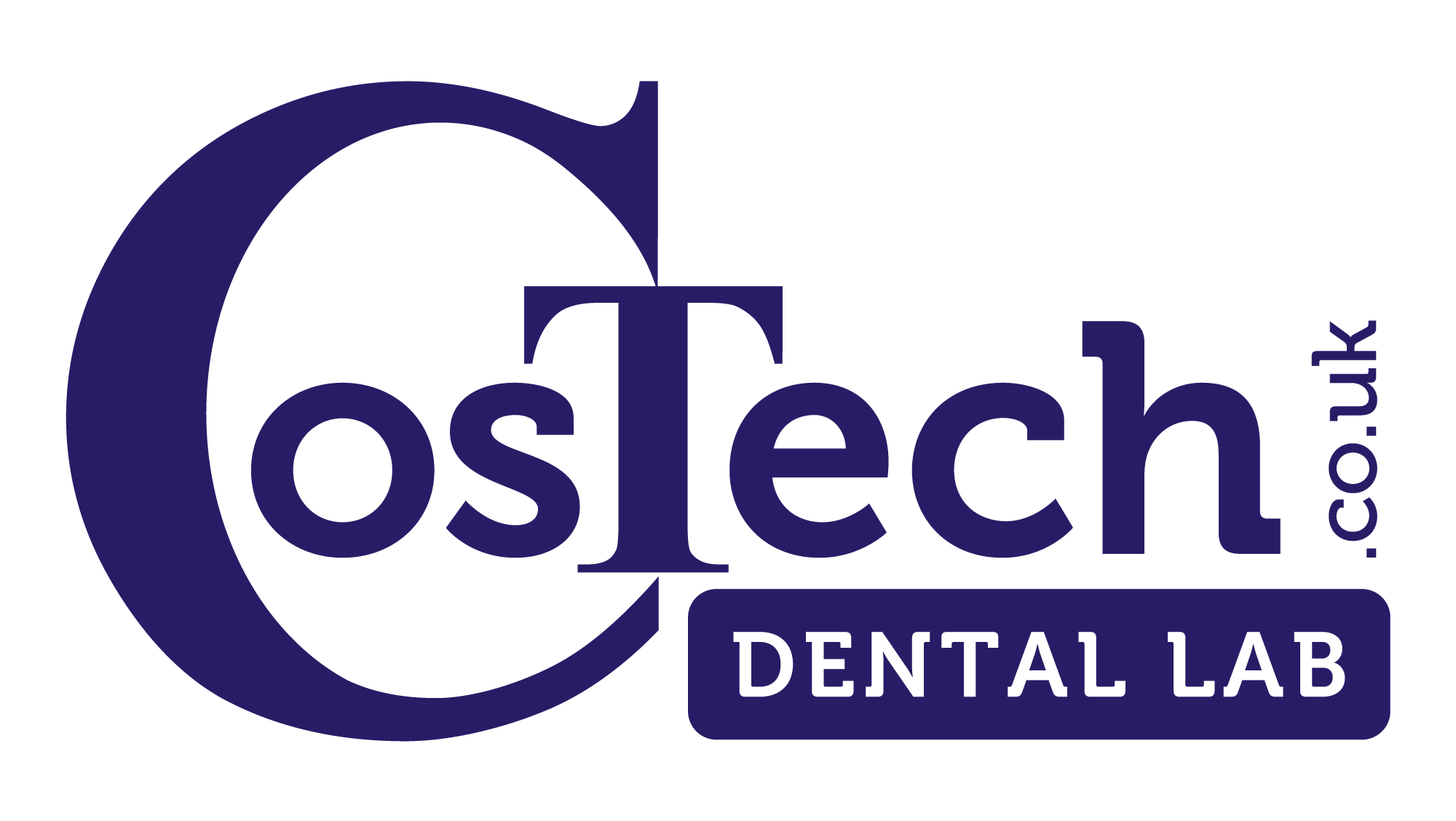Uni-Zirc is short for Universal Zirconia, a full contour CAD/CAM material that unifies high aesthetics and strength. Uni-Zirc is the biggest gamechanger for Crown & Bridge since Monolith overtook PFM as the NHS material of choice. And like all full contour materials, our digital department can go from scanned impressions to a finished restoration in just three days!
Uni-Zirc’s launch turned a lot of heads this year, initial feedback was excellent with many clients likening its graduated translucent appearance to e.max, despite it being a full contour zirconia. And as with all new materials there were a lot of questions on the best way to use it.
From queries on prep design to characterisation options, we’ve collated your questions and gathered the answers here in one handy guide so you can prescribe Uni-Zirc and have total confidence in the final fitted results.
Key characteristics
The aesthetics of Uni-Zirc are far beyond what we typically expect from full-contour zirconia, with actual translucency built into the zirconia block, rather than via the use of effects glazes. Looks aside, Uni-Zirc is also incredibly strong, coming a close second to BruxZir for sheer strength. These two characteristics combined mean it can be used for both anterior & posterior restorations.
Why it looks so good
The pucks that we mill from are made up of distinct zones of varying chroma and translucency using a new layering technology. During design we position the restoration higher/lower in the puck as needed to get the translucency and shade just right for your patient.
When to use it
Where neither bruxism nor extensive characterisation are a concern, Uni-Zirc is our default recommendation for Private Crown & Bridge.
Uni-Zirc’s biggest attraction is that it can be used for so many restoration types without compromising strength or aesthetics. It’s indicated for use in crowns, inlays, onlays and even bridges up to 14 units in both anterior and posterior zones.
Prep design & cementation
Uni-Zirc preparations follow the same principles as other full-contour zirconias making it ideal for patients who don’t have space for a traditional PFM. Equally for cementation, the same cements that are used for BruxZir (resin-modified glass ionomer luting cements) will work for Uni-Zirc. Though you may need to use an opaque cement if you are working with a particularly dark prep.
Digital workflow – are models needed?
As a full-contour material, if you send a Uni-Zirc case via intraoral scans we don’t need to 3d print full models. Instead, you’ll receive a free check die for your inspection prior to fitting.
Contraindications
The best thing about Uni-Zirc is that it’s routinely excellent in such a wide range of indications. That said there are two things to bear in mind:
- Uni-Zirc requires good preparation design to ensure stability and strength.
- The translucency of Uni-Zirc can be a double-edged sword when trying to mask a discoloured prep or metal post. In such cases you will need to use opaque cement or consider a material like BruxZir or e.max where the technician has options to block out the underlying prep.
Any other questions?
If you have a query that we didn’t manage to cover, drop us an email on [email protected] or call on 01474 320 076. Our lines are open from 9am-12noon Monday to Friday and we’d love to hear from you.

